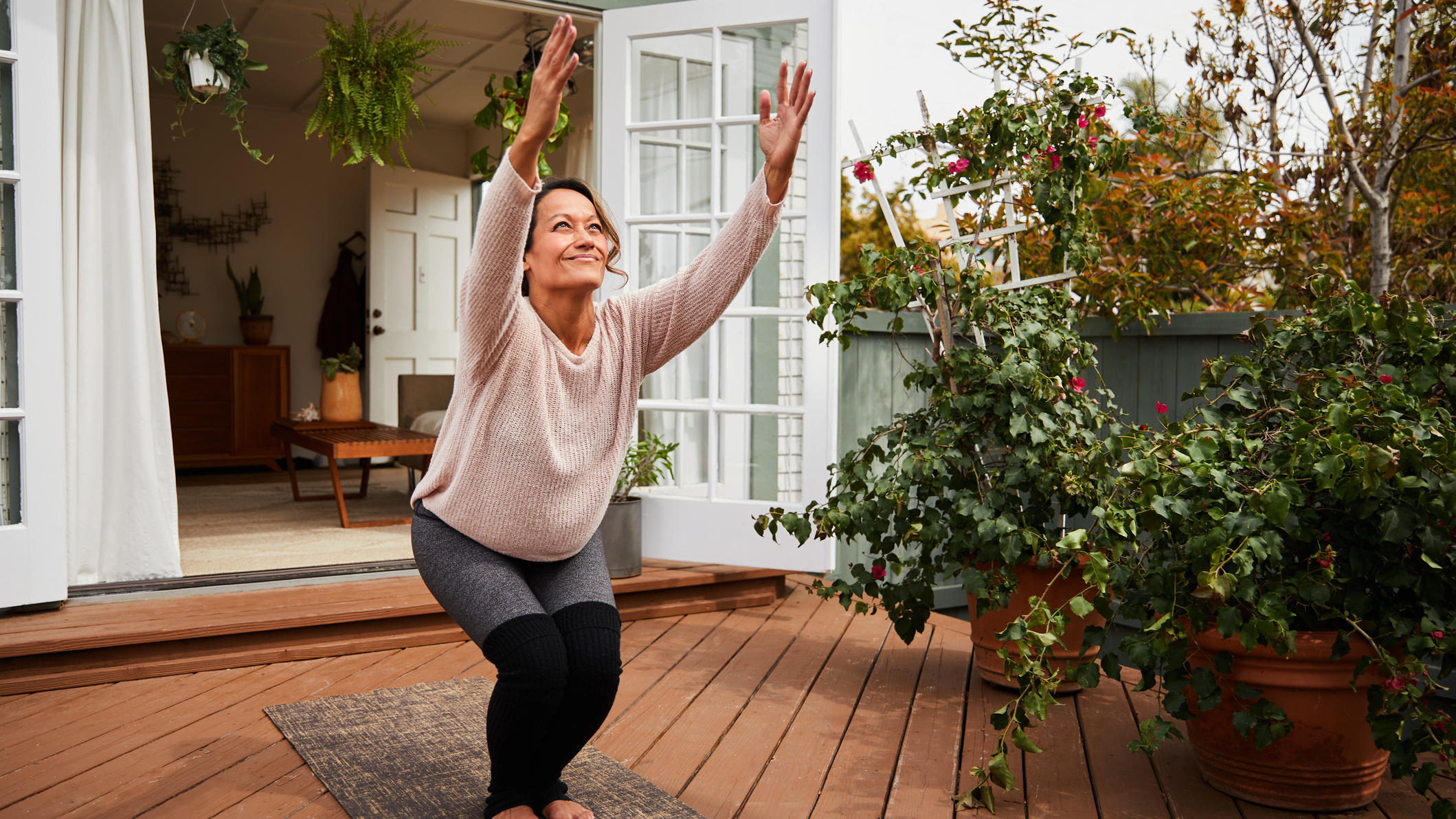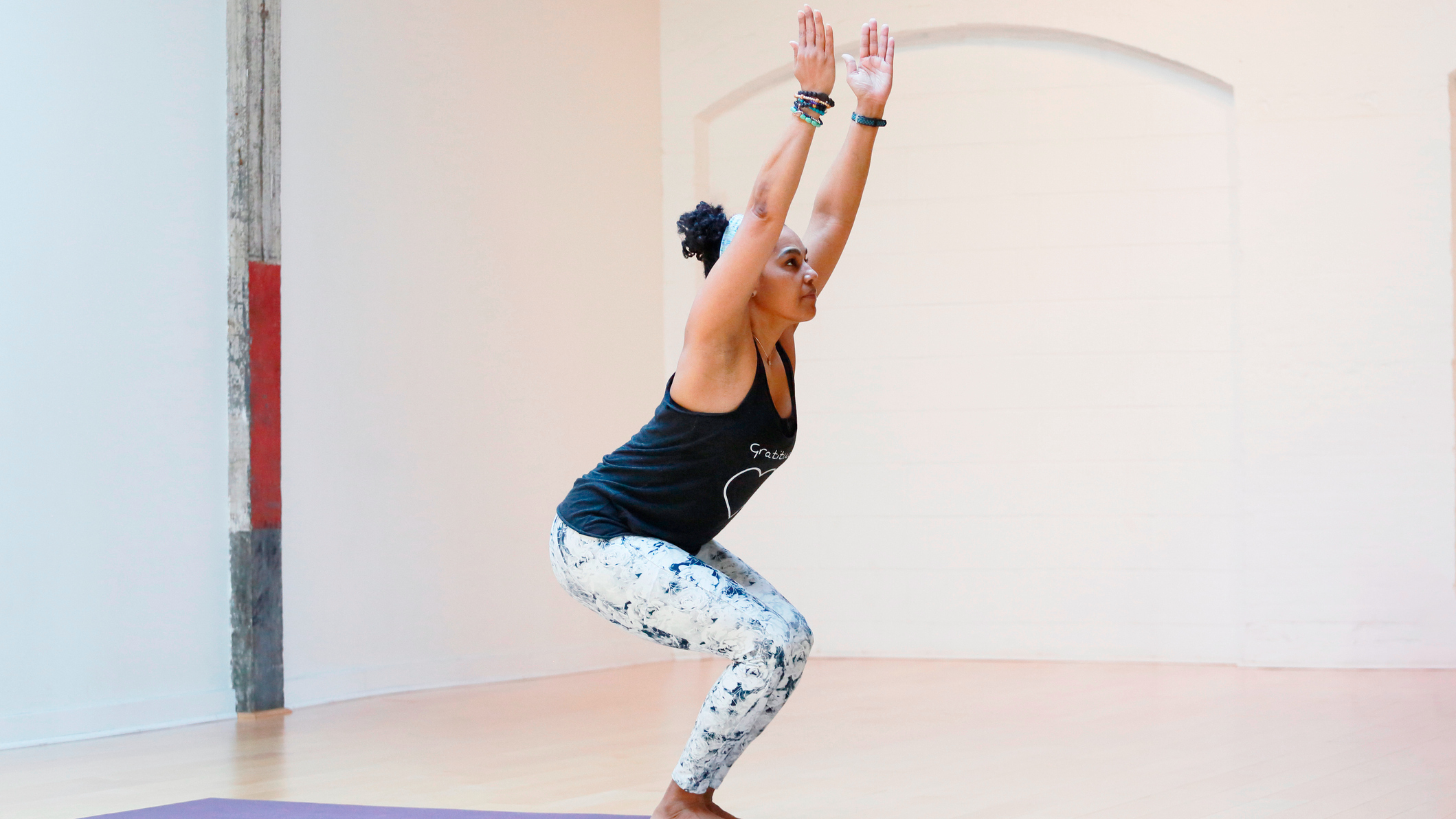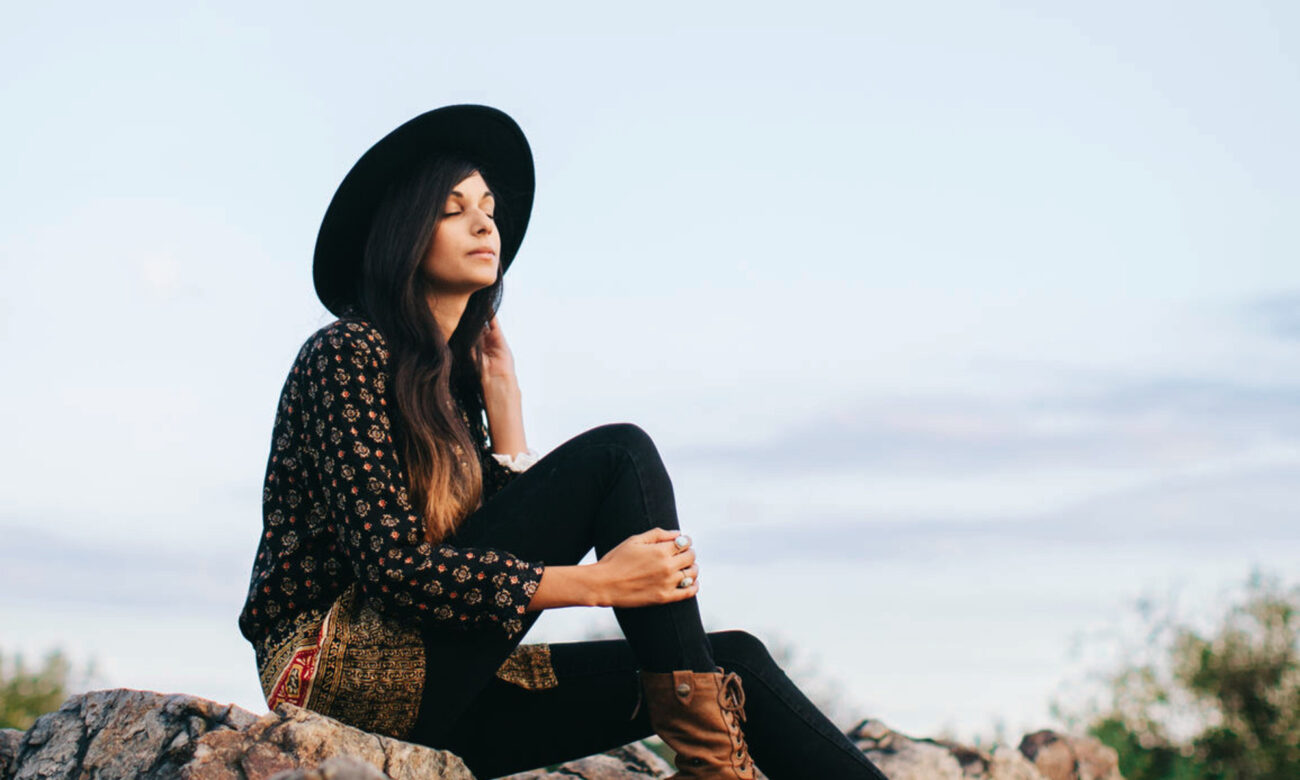Blog
If you’re over 55, a yoga instructor says these are the three poses you should be doing daily to improve your balance and mobility

Yoga can be a powerful tool to help combat age-related issues such as loss of mobility and difficulties with balance. It doesn’t have to be particularly complex to achieve improvements in these areas—committing to a quick daily practice can have a lasting impact on your health.
“When practiced with an emphasis on breath, yoga can improve flexibility, strength, and balance, which are essential for maintaining mobility and preventing falls as we age,” says senior director of class education and yoga operations at Life Time, Tory Schaefer.
Other aspects of yoga, such as mindfulness and breathwork, are great for stress reduction. When we are less stressed, there are physical benefits, such as lower blood pressure, improved heart health and an overall enhanced quality of life.
“Yoga also fosters a deeper connection to the body and breath, leading to greater self-awareness and emotional resilience, which supports healthy aging,” says Schaefer.
“Yoga provides tools for cultivating a calm, clear mind, contributing to better cognitive function and emotional balance throughout life.”
Try these three simple, gentle poses and see how they can help with balance, mobility and even mood.
1. Mountain pose (tadasana)
(Image credit: Getty Images / Koldunov)
How to do it:
- Stand with your feet hip-width apart (or together, if this is comfortable).
- Press all four corners of each foot into the floor, focusing especially on your big toes.
- Gently lift the kneecaps to engage the thighs.
- Engage your lower belly to lengthen your lower back and lift through the sternum.
- Roll your shoulders back and down, keeping your arms by your sides, or pressing your palms together in front of your chest.
- Reach the crown of your head toward the ceiling, as though there is a string attached to the ceiling pulling you up.
- Close your eyes and feel the subtle balance of your breath and body. Stay here for five breaths.
Why Schaefer recommends it: “This foundational standing pose improves posture, balance and body awareness,” says Schaefer.
While it may not feel like a particularly active pose, mountain pose strengthens the legs and core, promoting stability.
“This pose is accessible to beginners and the fun begins when the student gets curious and questions, for instance, how pressing the big toe into the mat influences the stability of the inner knee and thigh,” says Schaefer. “Exploring this with each toe and finger, as they press into the mat or the other hand, creates a deeper awareness of the body’s connection and how simple engagements at the far end of our body have purpose in how we create stability up through our joints.”
2. Cat-cow (marjaryasana-bitilasana)
Video credit: Getty Images / tapui
How to do it:
- Get on your hands and knees with your hands under your shoulders and your knees under your hips.
- Spread your fingers wide and press through your palms and fingertips.
- As you inhale, drop your belly, lift your tailbone and chest and look forward—this is cow pose.
- As you exhale, round your spine, tuck your tailbone under your butt and bring your chin into your chest, pressing the floor away with your hands—this is cat pose.
- Continue moving between the poses with your breath for 5–10 rounds, deepening the motion each time.
Why Schaefer recommends it: “This dynamic movement promotes spinal mobility and flexibility. It helps release tension in the back and neck while improving circulation,” says Schaefer.
The pose is gentle and suitable for any level of practitioner and all ages, no matter how strong or frail.
“Experiment with the range of motion in the hips and knees,” suggests Schaefer. “Play with dropping the hips closer to the heels on the exhale to release tension in the lower back, or try a side-to-side barrel roll movement.”
3. Chair pose (utkatasana)

(Image credit: Getty Images / Mireya Acierto)
How to do it:
- Start in mountain pose with your feet together or hip-width apart, whichever is most comfortable.
- Exhale, bend your knees, and sit your hips back like you’re lowering into a chair.
- Inhale, sweep your arms overhead with your palms facing or gently pressed together. Keep your knees behind your toes and your weight over your heels.
- Draw your belly in towards your spine and straighten your back as you lift your chest. Keep your arms active and your shoulders relaxed. Look ahead or slightly upward, holding for three to five breaths.
- To release, straighten your legs on an inhale and return to mountain pose.
Why Schaefer recommends it: “A powerful leg-strengthening pose that also engages the core, chair pose helps to build endurance, stability and balance, which are key to maintaining mobility as we age,” says Schaefer. “By engaging the lower body and activating the hips, thighs, and calves, it enhances strength and stamina.”
“Play with different distances between the feet, or try squeezing imaginary—or even real—pillows between your thighs. Pressing through the toes as you breathe cultivates greater stability and awareness up through the joints,” he adds.
Tory Schaefer is a yoga teacher with more than 20 years of experience, and is the senior director of class education and yoga operations at Life Time.












